Calgary Transit then and now – Elbow Drive part 2
It’s time for another Calgary Transit then and now. We so love doing them, they’re a ton a fun! For this one we look at two photos from 1969, taken along Elbow Drive and we visit the area to see if we can find the locations shown in those pictures. Easy enough. Certainly some of the houses seen in back should still be standing…and they are as it turns out. Great, now we have what we need to line things up and that’s left is to wait for a bus to appear.
The two locations in the original photos are within a block of each other. The buses seen, CTS #473 and #479, are both heading south, away from downtown (note the sign on one says City Centre – oops). At this point they are almost at the end of their respective runs and a few blocks away, they’ll turn around and head back into town.
All the buses seen in this report, every one, the old trolleys and the modern articulated diesels from today, are on the #3 route. Starting in the core they would travel down Elbow Drive, spin around head back into town, continue north up Centre Street, and then turn around again and do it all over. Up and down, from one end of the city to the other, all the day long. Southbound buses along this section would display Elbow Drive on their roller sign. Those heading north would display “City Centre” or perhaps “Thorncliffe”, the latter being the northern turn around point.
This was at the time the longest trolley route on the CTS system and a bus following it would travel almost the entire length of the city. Today’s #3 follows pretty much the same course, only it’s been extended on each end as Calgary has grown. The section seen the old photos was only extended into this (then new) neighbourhood a year or two before the original pictures were taken. This was perhaps the last addition to the system.
The two trolley buses seen were both built in 1950, but one is a model T44 and the other a T48A. As you can see, the two are pretty much indistinguishable from each other and the differences were the number of seats, 44 and 48 respectively. CTS owned over seventy of the T44s, built in the years 1947-1950, over four orders. In comparison there were less than ten of the slightly larger T48As, built in two batches, one from 1950 and the other 1953. CTS also had twenty TC44 models bought second hand from the US. At the peak, there were over a hundred trolleys on the roster, although at any one time, some were out of service and the number on the road each day would likely vary.
These buses, known as “Brills”, were built by Canadian Car and Foundry (CC&F) at their plant in Thunder Bay Ontario (then Fort William), under licence of the Brill division of American Car and Foundry. The factory where they were produced at various times not only made buses, but also aircraft, rail cars, logging skidders, truck trailers and military vehicles (I’m not making this stuff up). They are still around today and the plant now belongs to transposition giant Bombardier. They make tracked transit vehicles and passenger rail cars. Buses were made from 1945-1962 – trolley buses from 1946-1954.
In the 1940s and 50s nearly every transit operator in Canada owned at least some CC&F buses.
Calgary’s trolley bus system lasted from 1947-1975. At one time there were just over a dozen other such networks in Canada but most were shut down by the 1970s, if not earlier. Vancouver is the last holdout. Edmonton operated some up until 2009, the only other system in the country to make into the twenty first century. There are still a half dozen operators in the US and many, many others around the world.
Most trolley bus networks came about for a number of simple reasons. First, many tracked trolley systems were getting old and expensive to operate and a trolley bus network allowed the operator to scrap the former while still keeping some of the infrastructure, saving them money. Poles, wiring, substations and the like, could all be reused. Most cities, if not all, who adopted trolley buses, once operated tracked trolleys. The transition was a natural one and fairly easy.
Second, gas and diesel buses from the 1940s were either grossly underpowered or high maintenance or both. Finally, trolley buses and tracked trolleys are in many ways alike electrically and this meant that the crews maintaining them would have few problems adapting. In comparison, the internal combustion engine might be seen as strange and foreign by those crews.
Most trolley bus networks died off not because the concept was flawed but rather that many transit agencies ran them into the ground, not spending money on upkeep or fleet replacements. Vancouver, always the largest TB operator in Canada, was the only exception to that and today has a thoroughly modern, efficient and reliable network. An added plus for them, it runs off low cost hydro-sourced electricity.
Of the two trolleys seen in the old pictures, #473 was retired when the network closed in 1975 and was soon after sold to Vancouver to be used as a parts bus. The other, #479, was similarly sold but to Edmonton and a year earlier. It was also a parts bus. By this time, the maker of the buses was out of the business and parts were near impossible to find and so the only solution was cannibalizing buses retired by other systems.
Seen in the first shot and travelling away from the photographer is a third trolley bus, but it’s too far way to see its number. It’s headed downtown.
We managed to capture two buses in our photos and one lined up almost perfectly with the old picture, in relation to the house behind. One, #6035, is a New Flyer model D60LFR articulated bus built in 2009. The second, #6065, is a newer XD60 model from 2013, also from that maker. New Flyer or simply Flyer as its often called, is based out of Winnipeg Manitoba and most transit systems in Canada operate their buses. Interesting, Vancouver Transit, which we spoke of earlier, has a trolley version of the D60LFR.
Present in the background are the houses, little changed from then until now, which helped us line up the shots. Built in the 1960s, they bring to mind the Brady home from the old TV series. Is it me, or were houses from that era uninspired and awfully plain and nondescript? Not that those from today seem any better (IMO).
Seen in behind in the old pictures are a couple identifiable cars. They include a nice 1968 Cougar and a mid 1950s Ford Customline parked along the road (no longer allowed today). In the first shot, a service station can be seen in the background and its parking lot appears chock full of cool and interesting cars. They are too far to see clearly though.
Note the simple bus stop post seen in the first image. A boulevard divider has been added to the road at some unknown time and look how much the trees have grown up in the years since. They can not even be seen in the old pictures.
I think we did a pretty good job of lining up our photos (thanks to those houses), especially the second set. Good work crew!
The original images are courtesy of the Stephen Scalzo Collection and are used with permission.
If you like these then and now posts, why not check out these ones…
West Canadian Collieries #1 – then and now.
Edmonton then and now – Norwood School.
Then and now, the National Dream.
If you’d like to know more about what you’ve seen here, by all means contact us!
Date: February, 2014.
Location: Calgary, AB.
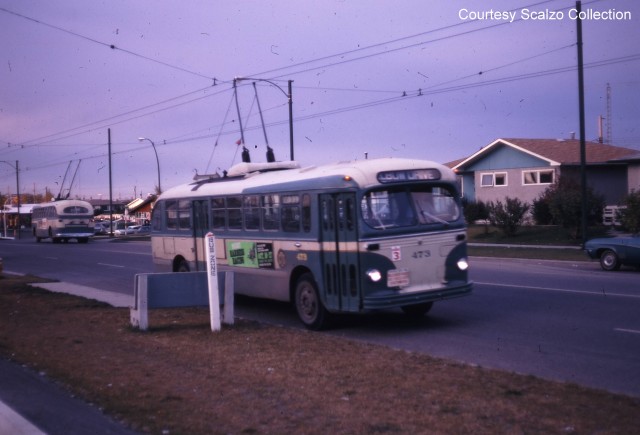
A CTS trolley bus on Elbow Drive in 1969. Courtesy Scalzo Collection.
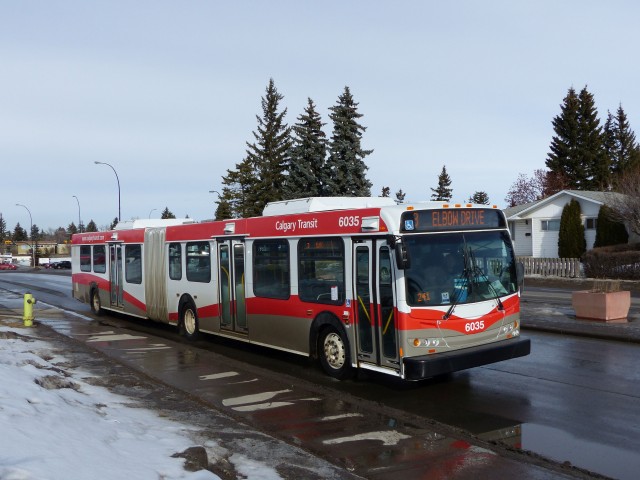
The same spot today…
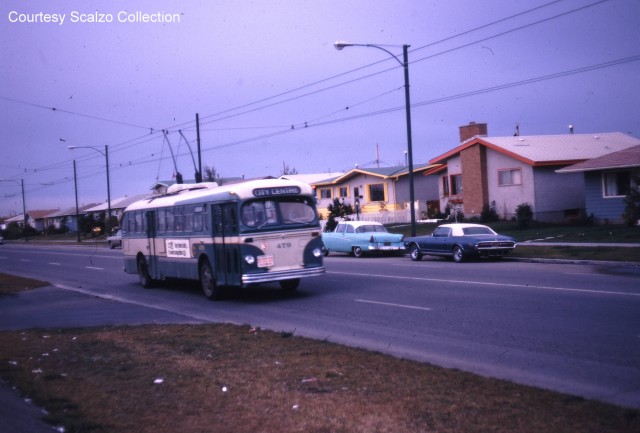
The bus is almost at the end of its run. Courtesy Scalzo Collection.
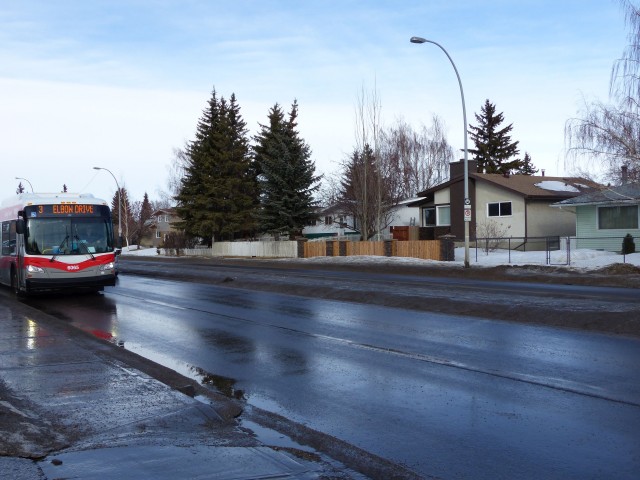
Love those Brady style houses in back.

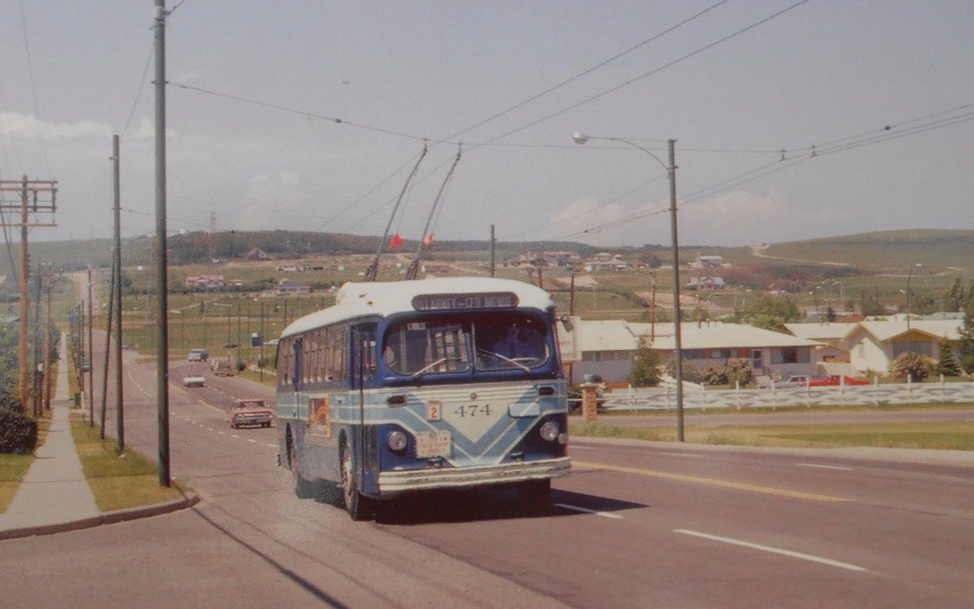
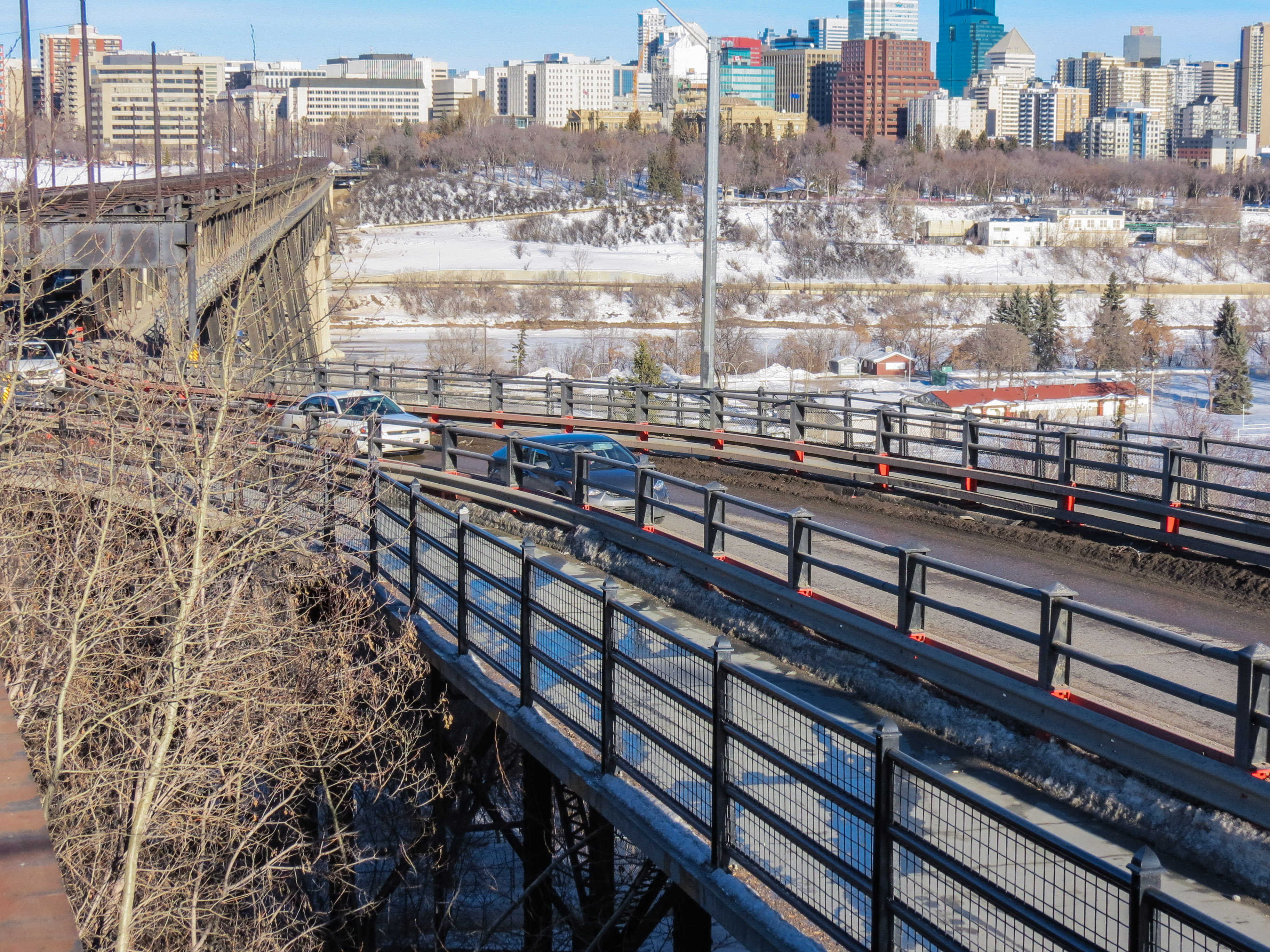
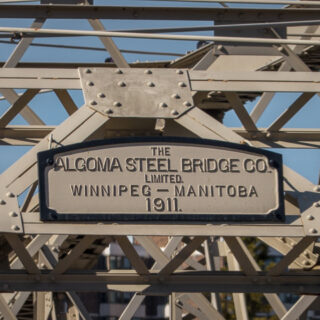
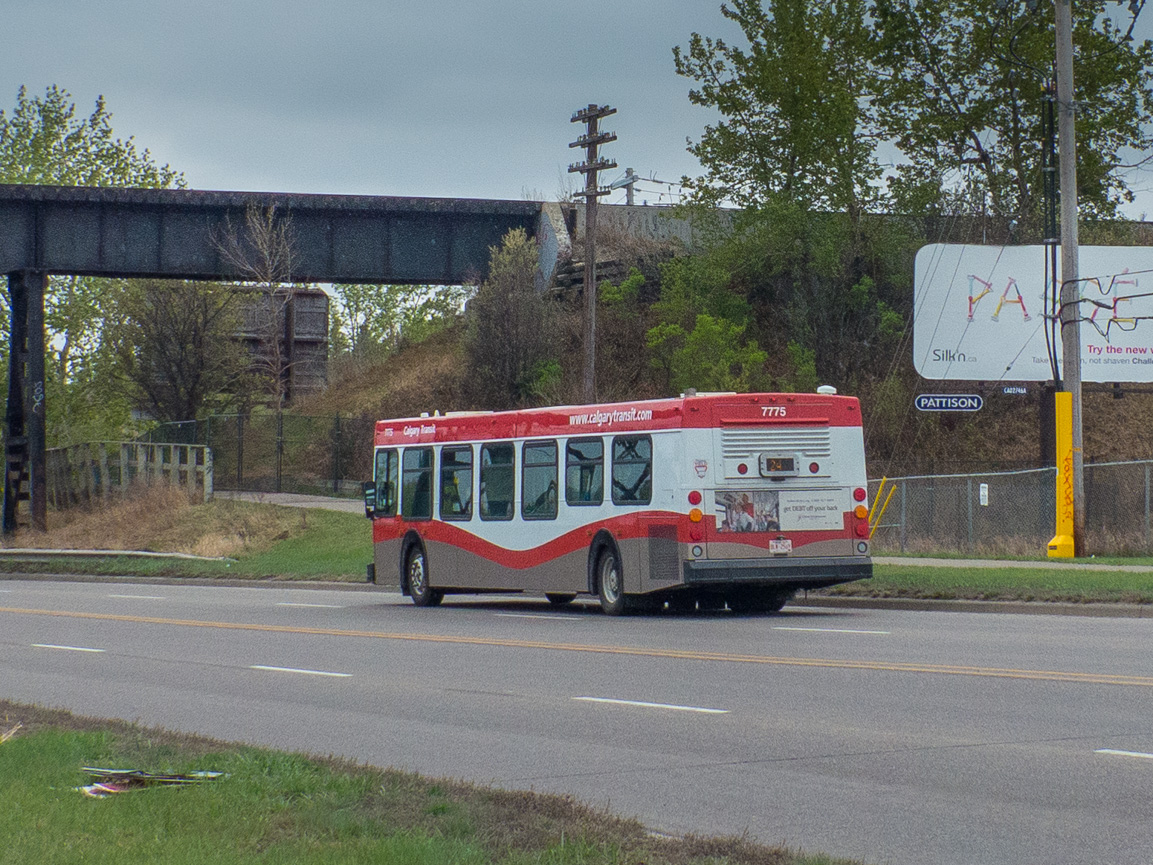
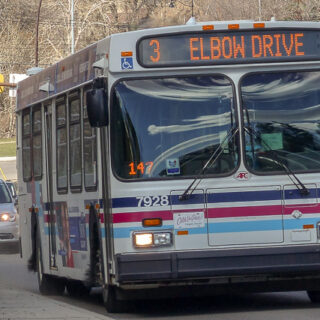
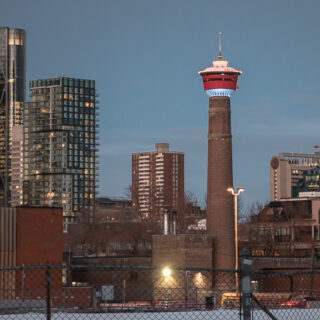
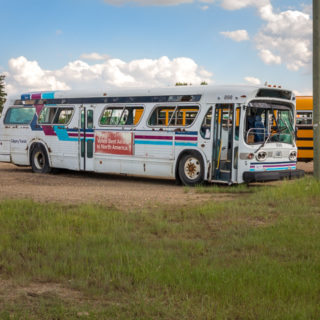
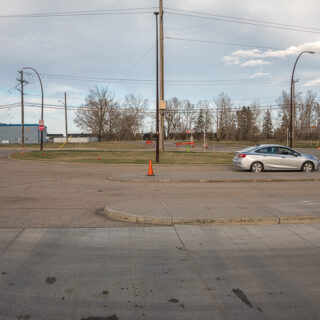
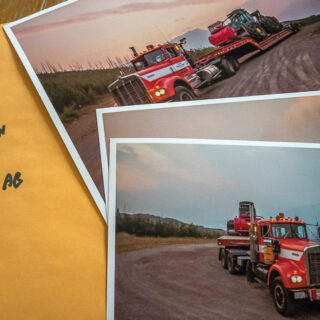
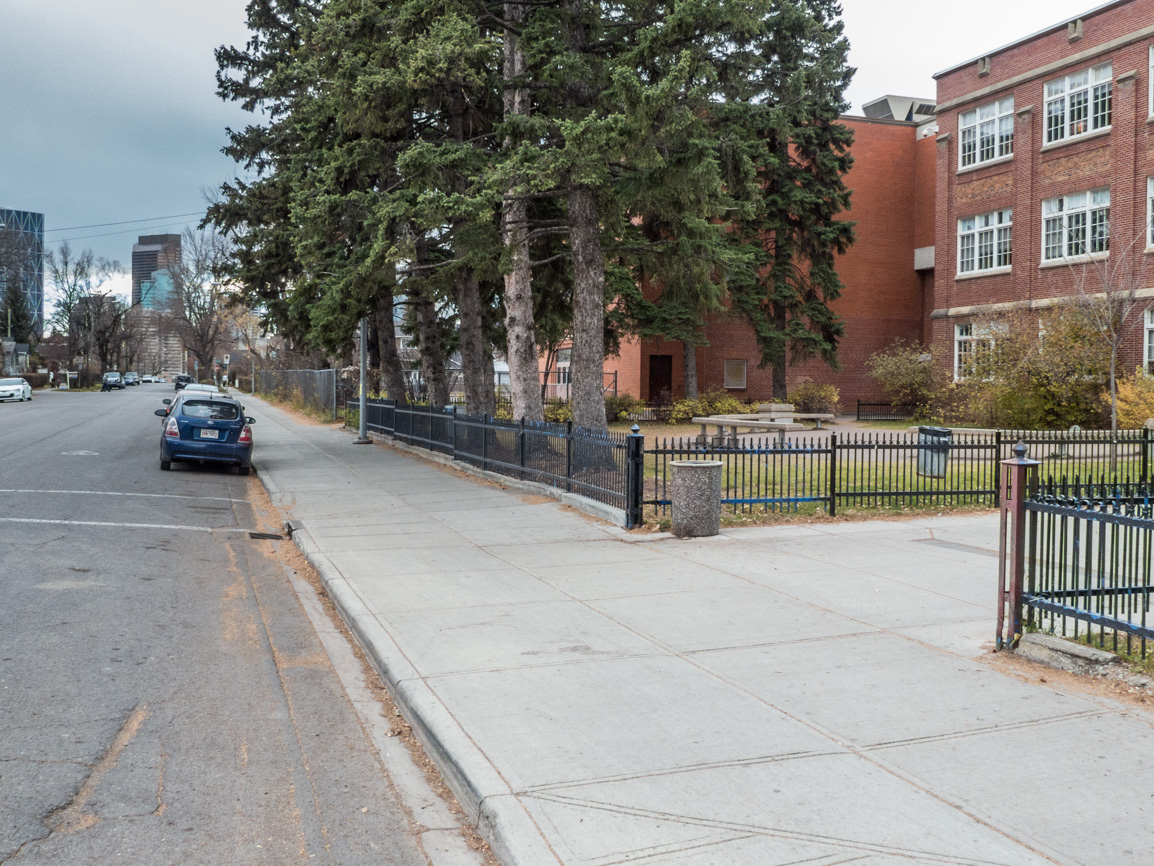
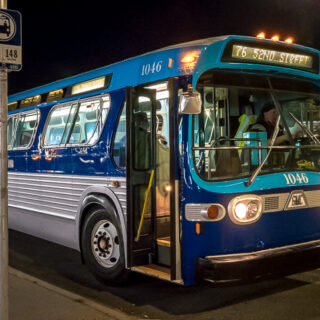
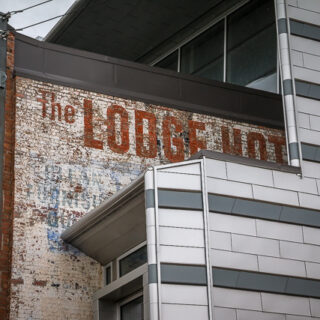
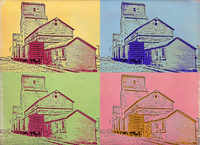






I grew up about five blocks south of where these photos were taken (this is between Southland drive and Southampton drive, at Southwood corner). My folks have been there since ‘71.
A close connection – cool! That area seems to have changed little.
End of an era for #3 south of Heritage (probably been on this run through Hayboro for over 50 years): http://www.calgarytransit.com/news/introducing-route-37-route-3-splitting-two
Hmmm, interesting, and reasons that makes sense. Thanks for sharing!
(via Facebook)
Love these now and then photos. Thanks Chris & Connie for posting.
It’s our pleasure!
Love these now and then photos. Thanks Chris Doering for posting.
It’s my pleasure. There will be more.
They are great! Keep doing them…
Roger that! We won’t stop.
Love these pics; I remember those buses! The wires were unsightly, but at least they weren’t stinky exhaust!
I found the wires…interesting.
Electric buses! Cool!
If anything, they sure were interesting and unique.
Another great read Chris, I love the then and now photos.
I remember riding the trolleys from Parkdale to downtown when I was a Kid.
From downtown we could jump on the Parkdale Trolley and ride it to the end of the bus loop in Parkdale and then get a transfer to catch the Bus on to Montgomery.
I’m sure you have been to Sandon BC and seen all the old Trolleys there, when I was last there I believe there was one of Calgary’s old Trolleys there.
Yes, there are some in Sandon and I am hoping to get out that way soon.